
1. New Emperor Penguin Colonies
Researchers have finally found a long-sought colony of emperor penguins in eastern Antarctica, but they say it's been split in two due to a glacier break. Moreover, a tally of the 6,000 chicks among these two populations suggests there are more emperor penguin parents in this part of the frozen continent than previously thought.
French scientists spied the waddling, flightless birds on winter sea ice near the Mertz Glacier while on their way to Dumont d'Urville Station. (The documentary "March of the Penguins" was filmed near this research base.)
2. Strange Nebula Jets
A pair of stars orbiting one another inside a planetary nebula appear to be the cosmic powerhouse behind the oddball nebula's spectacular jets, scientists say.
The discovery stands to settle a long-running debate over the shape of jets streaming from the planetary nebula Fleming 1. Those jets, which appear oddly knotted and curved, are powered by the orbital interactions of the binary stars, the new study found. Their gas is shared between the bigger star and its much smaller companion.
3. Stunning Teensy Waves
Credit: Deb Morris, WaveArt
A wave doesn't have to be a monster to be breathtaking, as Australian photographer Deb Morris can attest. Morris' photographs of ocean wavelets capture gorgeous texture and colour, from rainbow reflections to silvery froth.
Growing up in Bondi, Australia, near Sydney, Morris was immersed in surfing culture. She bought her first single-lens reflex (SLR) camera, an Olympus, at the age of 14 and spent the 1980s and 1990s snapping photographs of her coastal home. After decades in the corporate world, Morris found her job uprooted by the global financial crisis and decided to pick up photography full-time.
4. Bizarre, Meat-Eating Sponge
A new carnivore shaped like a candelabra has been spotted in deep ocean waters off California's Monterey Bay.
The meat-eating species was dubbed the "harp sponge," so-called because its structure resembles a harp or lyre turned on its side.
A team from the Monterey Bay Research Aquarium Institute in Moss Landing, California, discovered the sponge in 2000 while exploring with a remotely operated vehicle. The sponges live nearly 2 miles (3.5 kilometres) beneath the ocean's surface.
5. Fishy Bodyguards
When one kind of coral is under attack from killer seaweed, it sends chemical signals to little fish "bodyguards" that come to its rescue and handily take care of the problem, new research shows.
In their experiments, a group of scientists exposed sets of a rapidly growing coral from around Fiji (Acropora nasuta), to filaments of the seaweed species Chlorodesmis fastigiata, which is chemically toxic to corals. Some corals in the study were occupied by one-inch fish called gobies, which, within minutes, would begin neatly biting away at the offending seaweed.
6. Saturn Dwarfs Tiny Moon
A jaw-dropping picture of the planet Saturn was recently released by NASA's Cassini probe orbiting the ringed giant.
The black-and-white photo shows the gas giant tilted, with its iconic rings draping striking shadows against the planet's atmosphere.
7. Hybrid Galaxy Spotted
An oddball elliptical galaxy is hiding an inner spiral, astronomers have found.
The discovery goes against the norm of most big galaxies, which generally fall into one of two categories: spirals and ellipticals. The nearby galaxy Centaurus A seems to be a bit of both.
8. Tentacled Snakes!
For the first time in more than a decade, a group of tentacled snakes was born at the Smithsonian's National Zoo.
The eight baby snakes, which sport little feelers on their noses, were born Oct. 21 after four years of unsuccessful breeding attempts, the zoo announced Thursday (Nov. 8).
9. Panda Cub Awaits Name
The newest giant panda cub at the San Diego Zoo is now 100 days old, which means it's time to name him.
The cub was born on July 29, but the zoo has held off on naming him in keeping with a Chinese tradition. Nearly 35,000 votes were cast to decide on one of six suggested names for the panda: Qi Ji (Miracle), Yu Di (Raindrop), Da Hai (Big Ocean or Big Sea), Xiao Liwu (Little Gift), Yong Er (Brave Son) or Shui Long (Water Dragon).
10. Glacial Rift Fills
The prominent rift in that opened up last in year in Antarctica's Pine Island Glacier has widened and filled with snow, according to a new NASA survey.
"This is what we expected to see since the area experiences strong winds that typically cause snow being redistributed on the surface," said Michael Studinger, project scientist for NASA's IceBridge mission. IceBridge is an on-going survey of polar land and sea ice.
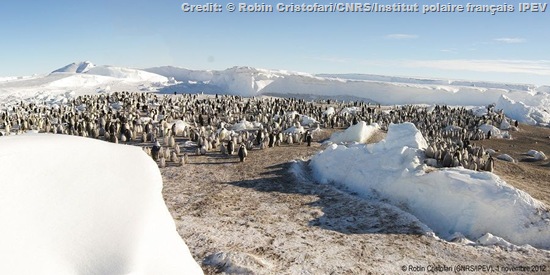
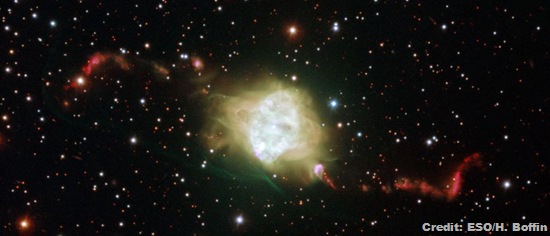


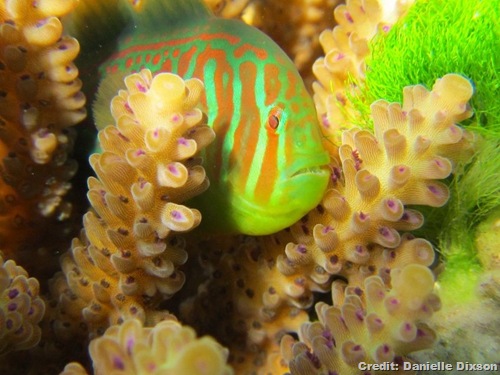
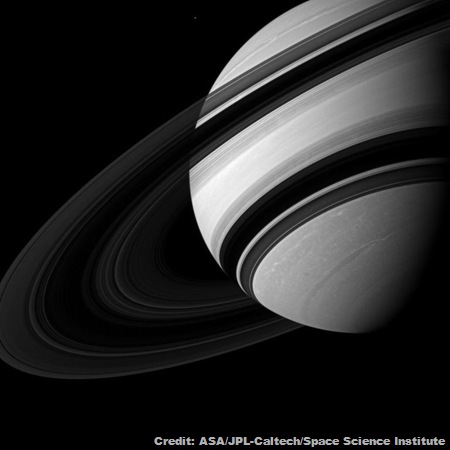

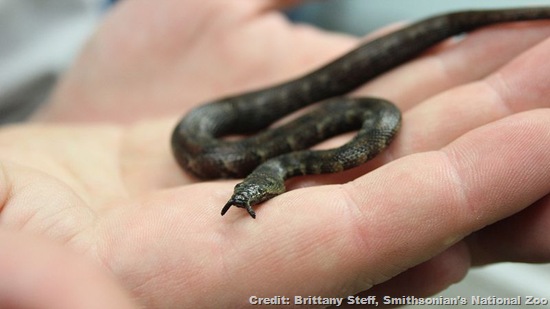


No comments:
Post a Comment
Please adhere to proper blog etiquette when posting your comments. This blog owner will exercise his absolution discretion in allowing or rejecting any comments that are deemed seditious, defamatory, libelous, racist, vulgar, insulting, and other remarks that exhibit similar characteristics. If you insist on using anonymous comments, please write your name or other IDs at the end of your message.